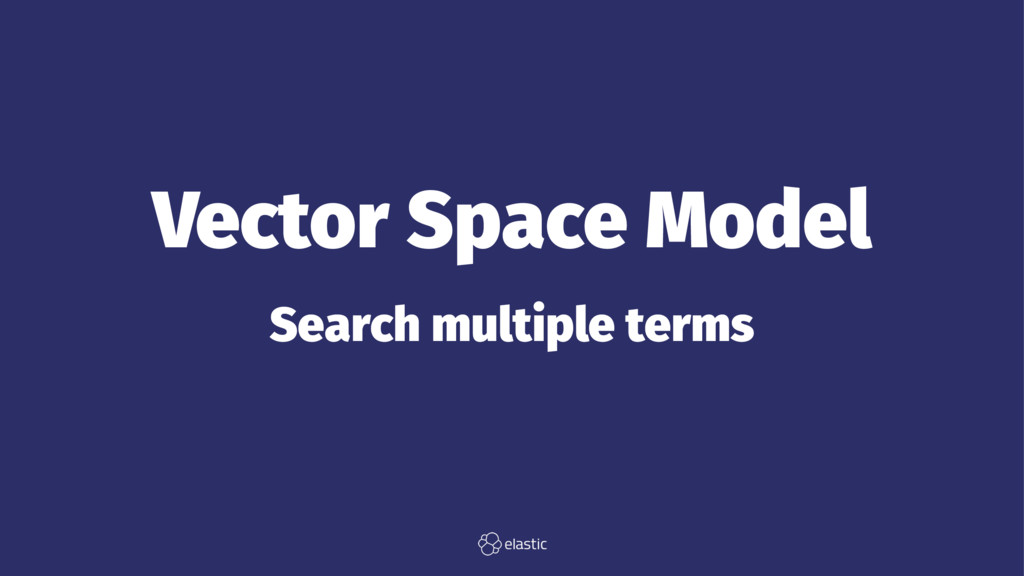

Fuzzy MatchingĬompletion suggesters support matching with minor misspellings so that, for example, “511 chorch st” matches “511 Church St”. Instead, completion suggesters in Elasticsearch 5 return the entire document containing the suggestion, and so the “output” and “payload” fields can now be placed elsewhere in the document (in fact they have to be placed elsewhere). NOTE: Since Elasticsearch version 5, the “output” field is no longer supported. Providing multiple “inputs” in this manner ensures that, for example, the address will be suggested even when only the street is entered. The corresponding document indexing request looks like this: So, for example, to index an address like: When suggestions are requested, Elasticsearch responds with the contents of a separate “output” field. These are specified as an array of values in an “input” field of the document. To accommodate this, we take advantage of the fact that completion suggesters allow you to specify multiple variations against which the user’s input is to be matched. Sometimes, a user will type something like “3 Smith St” when the address they are looking for is actually “3-5 Smith St”. For example, the query “brown fox” will not match “quick brown fox”. One of the limitations of completion suggesters is that the matching of user input against suggestions is always strictly from the beginning of the suggestion. The response will contain a list of all the matching documents. Here is an example of a query for completions of the text “511 Chur”: You can make multiple suggestion queries within a single request, and so you need to give a name to the query. To request suggestions, you can either specify a “suggestion” section within a normal query, or use the convenient _suggest end-point. For example, to specify “weights” to be used when ranking the suggestions, your document might look like this: However, if you wish to specify additional information to the suggestion text, then you need to use a longer form. "suggest" : "511 Church St, Richmond, Vic 3121" You can index your suggestions as you would normal Elasticsearch documents: Note that these examples work on Elasticsearch 2, but may need some modifications to work on more recent versions. For example, the following request will create a completion field named “suggest” within a document type called “address” within an index called “address”. To use the completion suggesters, you need to use the special “completion” field type in your index mapping. They are designed to support the prefix matching required by autocompletion more efficiently than the inverted indexes used for normal queries.

What are the problems.Elasticsearch completion suggesters work a little differently to normal Elasticsearch/Lucene inverted indices. I expected to get data order : Tunik Kadın : Weight 100, Tunik Kadın Gri: weight : 75,īut it gets top on the list less than weigh all documents.

So Each suggest array has language that inside suggest word which contains their own specifc weight.īut, completion suggest does not get data order by mine suggest weight. So Completin suggester field model like this. I have been used to completion type suggester which implementet nest in.


 0 kommentar(er)
0 kommentar(er)
